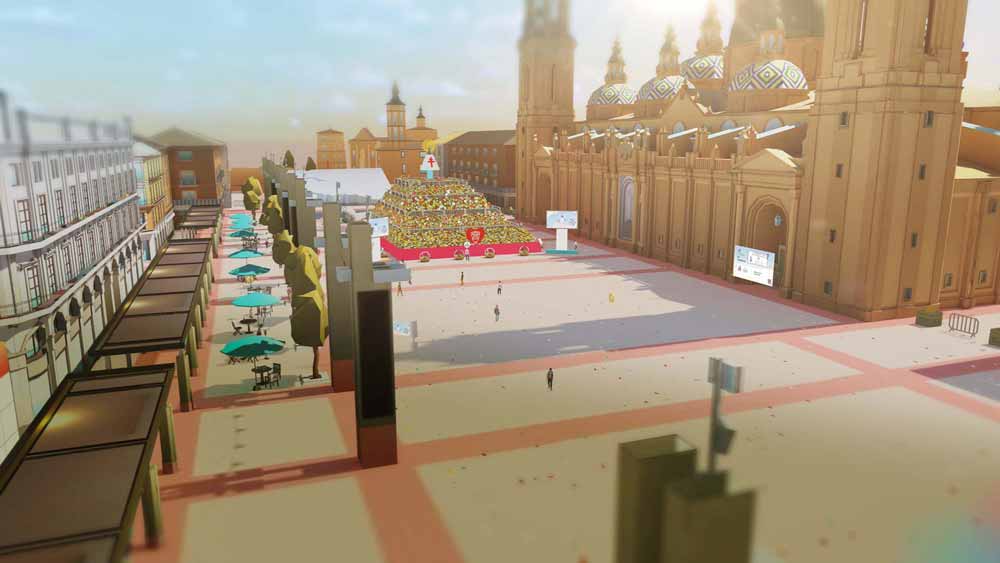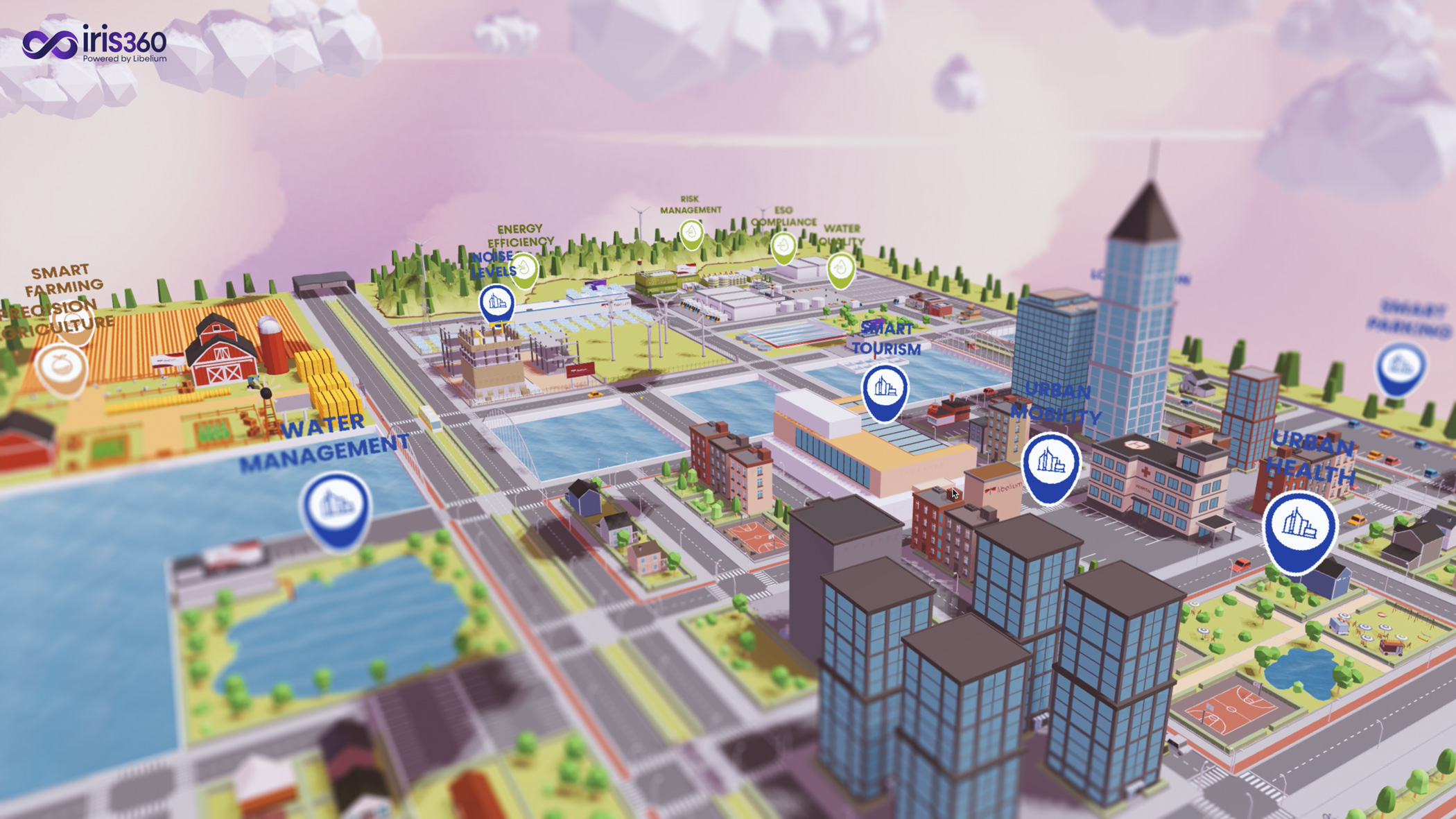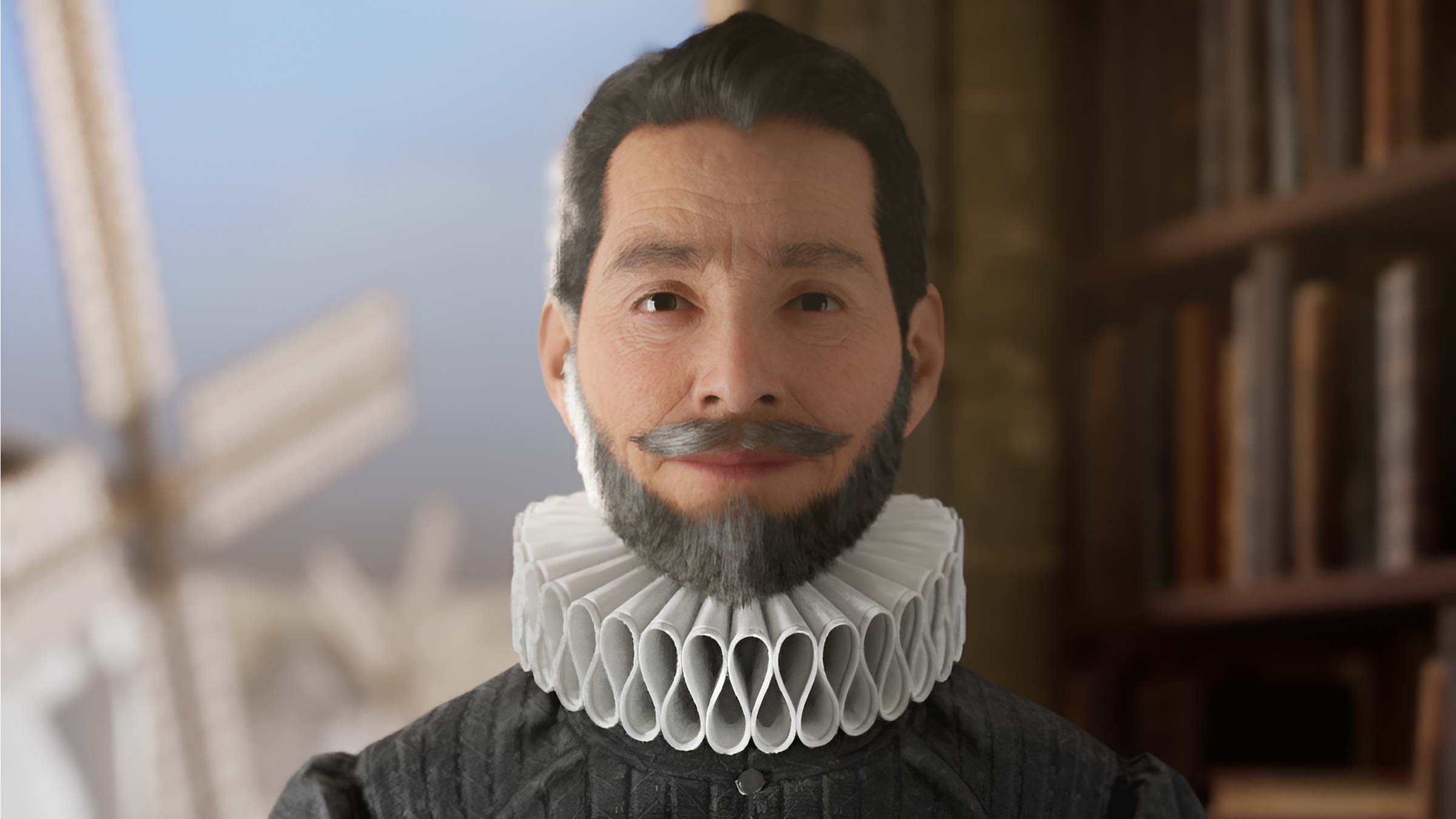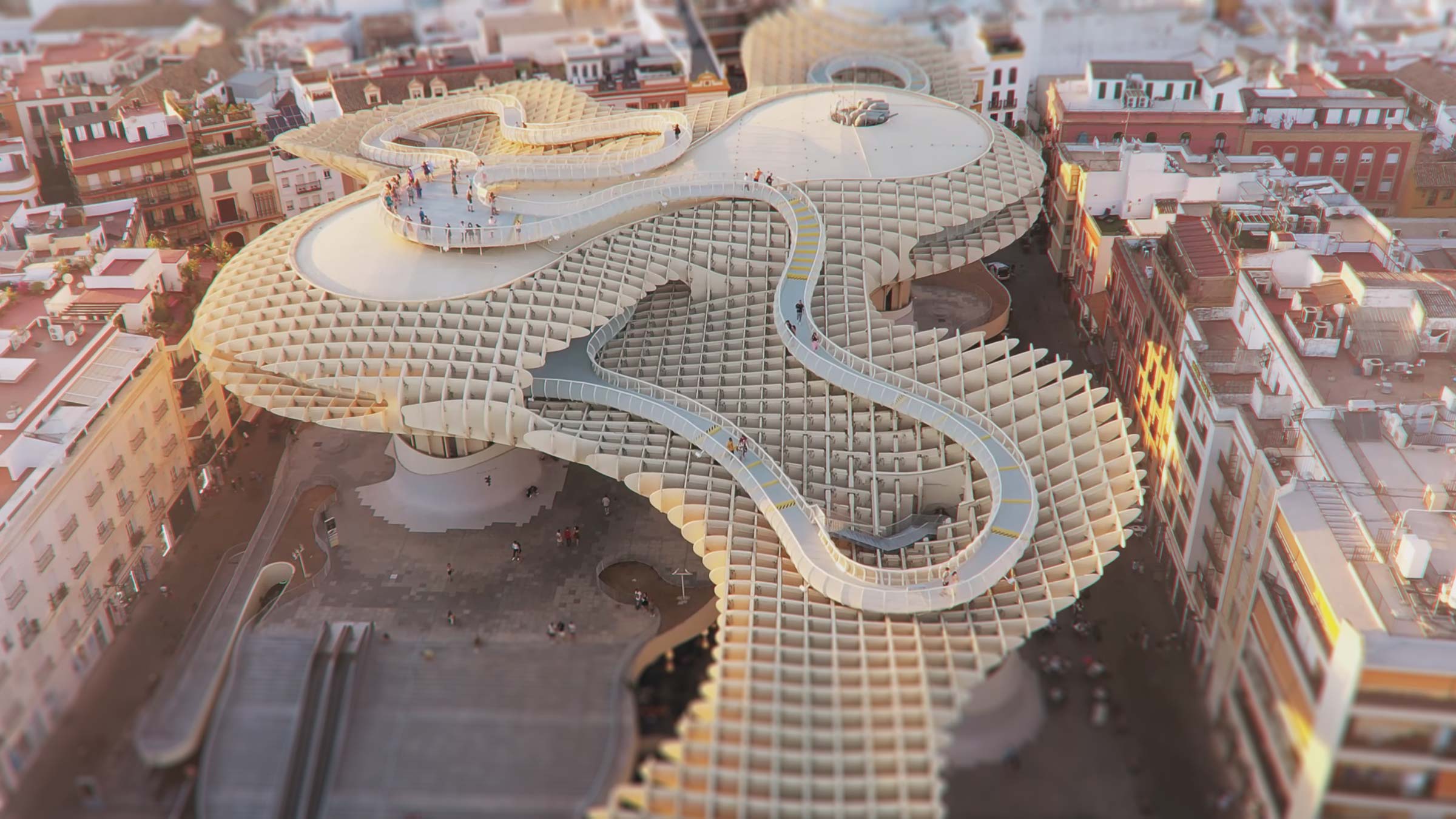Impact of smart cities today
It is not only companies that use Big Data and other emerging technologies to optimize their operation and increase their productivity and competitiveness to deliver the best result to their customers. The governments and public administrations also rely on technology to offer the best services to both citizens and companies operating in their territories.
This results in the origin of the smart cities. These smart cities are seeking to digitally transform their activities. Leveraging the ICTThe company's information and communication technologies, in order to improve the service they offer, the public welfarethe sustainability and the economic development.
In today's article we will analyze what makes a city a smart cityThe most widespread technologies among public administrations and their impact on citizens.
What are smart cities?
The smart cities are urban environments designed to improve the quality of life of their inhabitants through the use of advanced and sustainable technologies.. They integrate digital systems and innovative solutions that enable more efficient management of resources, public services and infrastructure, optimizing the urban experience.
Through the use of Internet of Things (IoT), Big Data, Artificial IntelligenceThese cities not only seek to modernize infrastructure, but also to foster a more sustainable, safe and connected environment.
This encompasses various aspects ranging from the urban mobility to energy managementthrough public safety and citizen participation. Through sensors and automated systems, it is possible to monitor and manage, in real time, aspects such as the traffic, energy consumption, waste, and air quality.The company's operations are based on the use of natural resources, guaranteeing a better quality of life for citizens and a more rational use of resources.
You can learn more about this topic in our post → Smart destinations, what are they and what are their characteristics?.
The smart and sustainable cities are transforming the way we live, work and interact with each other.creating communities that are more accessible and prepared for the challenges of the future. With a focus on innovation and efficiency, smart cities are leading the way to a smarter and more responsible urban future.
For example, we found the great project of the Virtual Flower Offering of the Zaragoza City Council. The largest project of a public administration in relation to the Metaverse and virtual worlds. A 3D recreation of the touristy Plaza del Pilar to virtualize the city's festivities.

Main characteristics of smart cities
This infrastructure must be designed to provide citizens with an environment conducive to economic, personal, social and cultural development, incorporating elements such as the following interconnection of homes and utilities, as well as mobility and entertainment options.
Next, we will discover the key features that define these places of the future.
Sustainability
It is one of the fundamental pillars of smart cities. These cities promote the responsible use of natural resources and seek to minimize environmental impact through green solutions. This includes the use of renewable energy, efficient water management, electric mobility and green buildings. In addition, practices such as smart recycling and waste reduction are encouraged, helping to create a healthier urban environment.
The green cities are a reflection of a future in which urban growth and environmental conservation go hand in hand.
Intelligent Tourism
Technological tools such as IoT sensors, AI avatars or virtual spaces are also transforming tourism in various ways. Redefining and improving the traveler experience and optimizing destination management. Smart tourist destinations are characterized by their advanced technological infrastructure, which ensures sustainable development and improves visitor interaction with the environment.
Thanks to tools such as the Artificial Intelligence and interactive web applicationsThese destinations allow tourists to enjoy personalized experiences and easy access to information and services.
From Imascono we can help you to improve your company in this sector through our technology solutions in tourism.
IoT Data
The Internet of Things (IoT) is the set of technological solutions that enable efficient management of smart cities. Sensors and connected devices collect large amounts of data in real time, which are analyzed to improve various urban aspects, from traffic to air quality. These devices can communicate with each other with centralized systems, facilitating automation and analysis.
Imascono has developed the Iris 360° project for Libelium, a virtual twin or virtual twin that explains loT technologies for city control. From this interactive infographic, City Councils can get a closer look at their solutions for water quality controlThe system can also be used to measure low-emission zones, or to manage parking spaces.
Creation of competitive environments
Smart cities seek to create a optimal business ecosystem that integrate features that foster innovation and competitiveness. They have an advanced technological infrastructure that includes high-speed networks and IoT connectivity, allowing companies to operate and grow efficiently.
An example of this may be the initiative of the Zaragoza City Council and the Chamber of Commerce to enhance the attractiveness and digitalization of the different commercial areas under the citizen project Paseos Comerciales. Where the Connected Art stands out as one of the interactive experiences in Augmented Reality where the culture, history and art of the different promenades of the city connect with visitors and give a new life to the neighborhoods.
Use of intelligent technologies
The smart technologies such as Artificial Intelligence, machine learning, Big Data or Business Intelligence in the field of smart cities involve the optimization of the management of the resources of a population. Allowing a smoother traffic management, the prediction of needs and the automation of urban processes.
An example of the use of Artificial Intelligence by a public administration can be found in the following project Cervantes IA of the City Council of Alcázar de San Juan. A IA virtual avatar of the great writer Miguel de Cervantes who acts as a tour guide.
Benefits of smart cities
Smart cities are transforming the urban environment and offering clear advantages for citizens, companies and governments. Find out how these benefits are changing the rules of the game.
Improved decision making
Thanks to access to real time data and big data analysis, smart cities enable faster, more accurate and more effective decision making. This optimizes management of public services, traffic and resource distribution, improving administrative efficiency and the quality of urban life.
Governments can now to respond more quickly to the needs of citizens.creating a more organized and fluid environment.
Environment
The positive impact on the environment is one of the major benefits of smart cities. By integrating green solutions such as renewable energy, electric mobility and efficient waste management, these cities reduce their carbon footprint and promote more sustainable development.
The green technology and sustainable infrastructure not only help conserve natural resources, they also collect essential data to develop action plans to improve the situation in densely populated urban areas. Creating a cleaner, healthier and more climate resilient urban space.
Citizen service
Artificial Intelligence is transforming citizen care in "smart cities." Thanks to AI, governments are offering total transparency, allowing access to clear and updated information.
In addition, AI facilitates a personalized attention, through virtual avatars and automated systems that provide fast and accurate responses, tailored to the needs of each citizen. This not only improves the experience, but also fosters a closer and more efficient government. Citizen service has never been so smart.
Smart cities and Imascono's technology
Technology is fundamental in the public sphere, as it not only improves efficiency and transparency, but also promotes citizen participation and innovation.. Contributing to sustainable development and the quality of life of citizens.
Imascono has worked with technology for different city councils and governments, with innovative solutions such as the virtual assistants or the experiences of Augmented Realitywhich improve public management and citizen interaction.
Technology in the public sphere is key to making cities more efficient. efficient y accessibleThe company's services are optimized and information is provided in real time, adapting to the needs of citizens and improving their quality of life.
Throughout this article we have seen the projects carried out in conjunction with the Zaragoza City Council to virtualize the Fiestas del Pilar, its collaboration with the city of La Mancha, La Mancha, Spain. Alcázar de San Juan or the action performed in the city of Seville transforming one of its most renowned museums and tourist attractions.
Another of the most relevant projects in the public sector is found in the complete virtualization of Loarre Castle. Loarre XRin collaboration with the Government of Aragon and the ITA Institute of Technology allows to transfer more than ten centuries of history to the virtual world. To enhance the tourist value of the medieval castle through the new Extended Reality technologies.
At Imascono we are specialized in the Extended Reality product developmentfor both companies and public entities. Together we are transforming cities and tourist destinations into places that are connected, digital and adapted to the current needs of citizens. Contact with us and discover how we can help you integrate new technologies and transform your city into a smart city.





